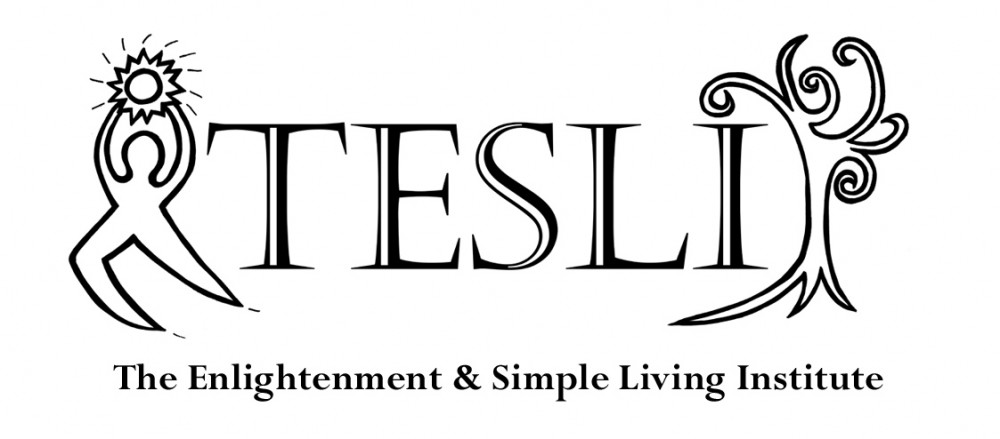In August, when I visited the Shambhala Center in Davis, I picked up the book of Dream Yoga and the Practice of Natural Light . I don’t usually read popular literature, but it was laid out for free and lucid dreaming has been something I had some limited interest in and thought I might pursue. I had some limited experience with lucid dreaming and wanted to learn if this might be a tool to clear some of the trauma residues that I still carried in my subconscious and that seemed to manifest in my dreams.
This was my first contact with the author, Namkhai Norbu, but I was pleased to find that he was a recognized Tibetan lama with an excellent Dzogchen teacher. Both his teacher and paternal uncle achieved rainbow body. His awareness of ultimate reality and the path to enlightenment came through in the book. For instance, he clearly understands that dream interpretation or focusing on the content of the dream are not useful activities for one aspiring to liberation. In fact, pursuing lucid dreaming was not a goal at all. He says:
In the Dzogchen system, it is not necessary that one commit oneself to working on dreams. That will arise naturally out of the practice of the natural light. The most important thing for this practice, as I have described, is to do the particular visualization of the white “A” before sleeping. In doing this visualization we use the working of the mind in order eventually go beyond the mind.
I started doing the practice on December 11, 2014 with the idea that I would commit to it for a month and then reevaluate. His instructions are quite simple, as many effective spiritual teachings are. The key part is to practice.
I appreciated Namkhai Norbu’s presentation of the nature and classes of dreams. In it he demonstrates a good understanding of dreams. First, he divides dreams into two broad classes: Those arising from karmic seeds or traces and those arising from the clarity of the mind. Those arising from karma can be due to the current state of the persons body, energy and speech or tensions in their mind or they can be due to karmic traces from an earlier time or from the recent past. Clarity dreams provide insight that allows the practitioner to progress towards liberation.
I highly recommend the book. You can borrow my copy or your purchase using the link below support TESLI. Thanks!

